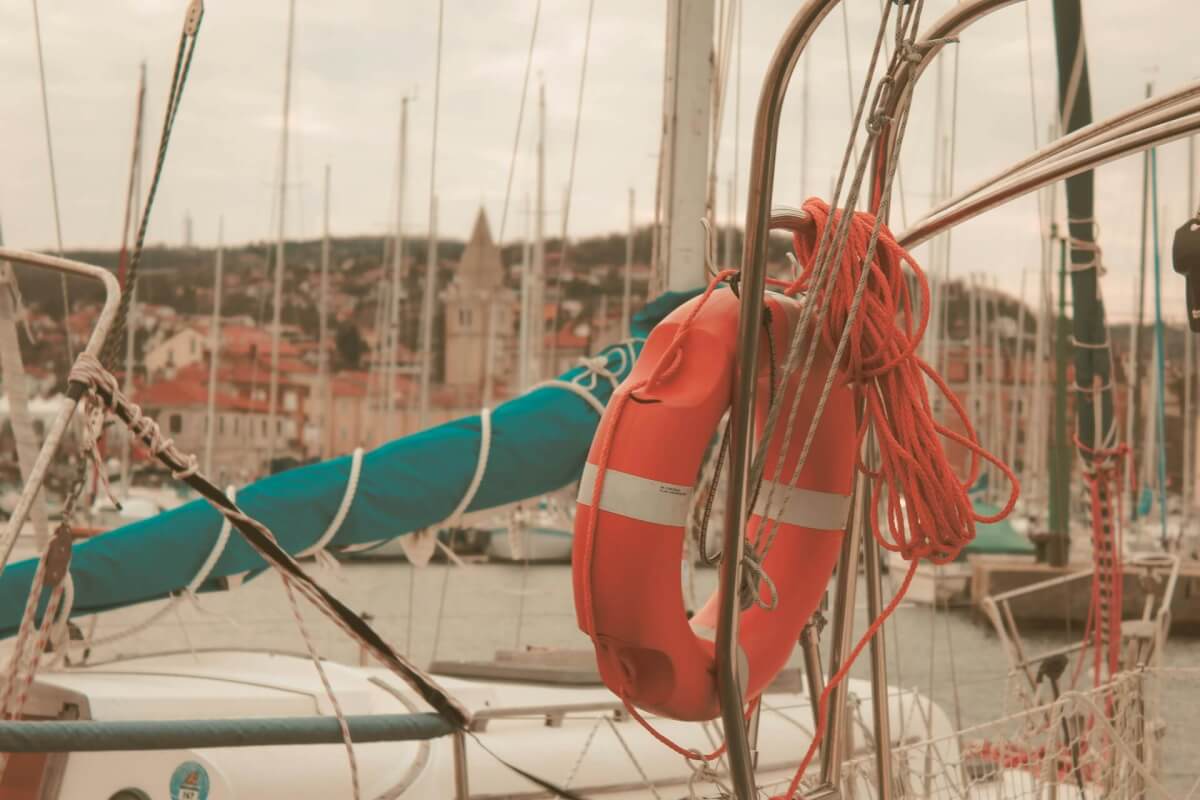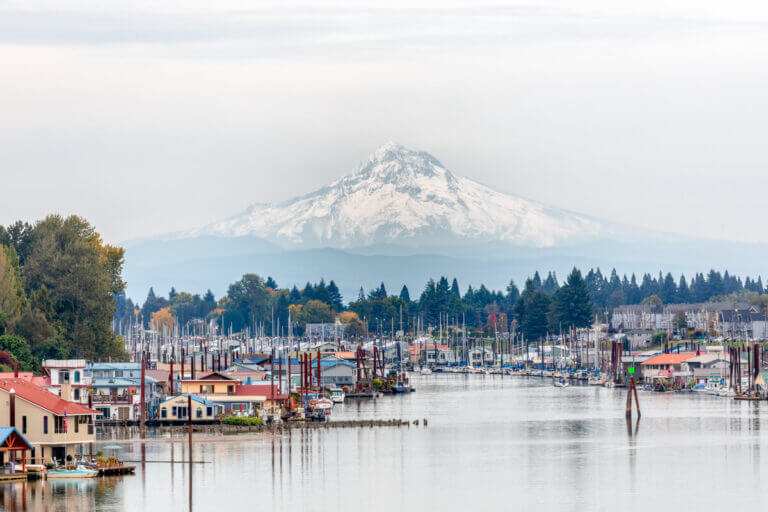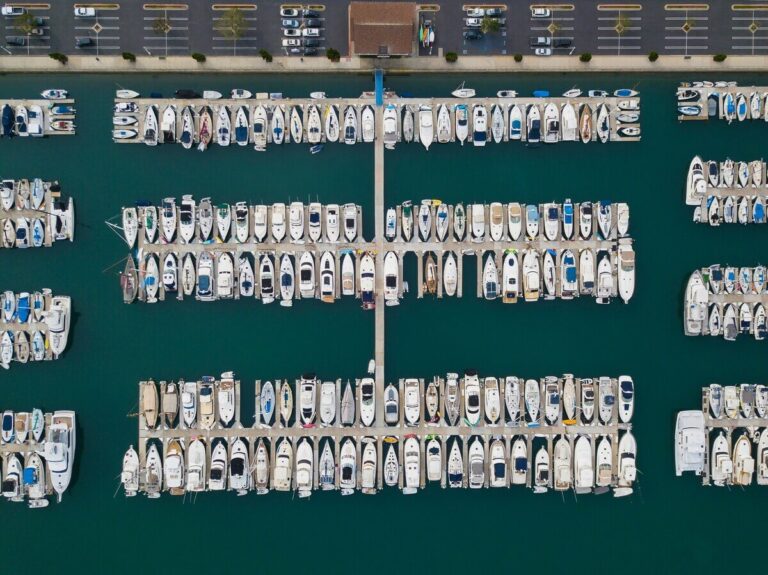5 Marina Safety Tips That Work: How to Build Awareness, Compliance, and Boater Trust at the Dock

When boaters trust you, they stay longer, refer faster, and make fewer 5 a.m. emergencies your problem.
There’s a fuel drip at the dock.
A guest slips on the rain-slick gangway.
The pump shuts off mid-transfer.
Every marina operator has fielded minor crises like these. However, the marina operators enjoying repeat bookings and a trusting community know what to do when these safety events happen.
You don’t need a binder full of regulations to run a safety-forward marina. You need 30 minutes, a few clear priorities, and the habit of walking your docks with intention.
Remember: Giving boaters visible proof that your marina is ready for anything is great for safety, of course, but it’s also a marina marketing and even retention strategy. When boaters trust you, they stay longer, refer faster, and make fewer 5 a.m. emergencies your problem.
Here are a few common questions we see people ask about marina safety meetings (and how you can use them to your advantage!).
Why Should Marinas Host Regular Safety Meetings?
Q: Why do a meeting? Isn’t safety more about signage and insurance, anyway?
A: Signs and policies are important, but they don’t replace what happens when your crew knows what to do in the moment.
A quick safety meeting can:
- Cut down on fueling mishaps and miscommunications
- Make onboarding smoother for seasonal staff or new hires
- Reassure tenants and third-party inspectors alike
- Show you take marina operations and personnel safety seriously!
Think of it as preventive maintenance, but for people. A 30-minute walk-through each quarter builds muscle memory, keeps your team synced, and signals operational maturity…all of which boosts safety and helps seasonal boat moorage renew itself, too.
Hosting a Safety Meeting? Keep It Simple, Consistent, and Practical
Good news! In just about 30 minutes, you can cover the basics that prevent the biggest headaches:
- Walk the emergency map. Pull it off the dock wall and point to ladders, shutoffs, and first-aid locations. If staff can’t find it, it’s not useful.
- Review fueling steps. Go hands-on: “Here’s the spill kit. Here’s the shutoff. Here’s who to call if something goes wrong.”
- Inspect the main dock. Look for trip hazards, missing signage, loose cleats, and slippery zones.
- Assign marina storm prep roles. Clarify who sends alerts, who walks the lines, and who updates tenants.
- Highlight what’s new. Power box repairs, floating construction zones, or a shift in staff coverage. If it’s changed, name it.
What is a “Day of Safety” and Is It Worth It?
Q: Do I really have to host an event?
A: You don’t have to, but the benefits of even a simple or quick event come faster than you’d think.
Safety Days are a low-lift way to show your boaters, staff, and local partners that safety is less a sign on a pole and more something you have to practice, day in, day out.
Here’s what a solid safety event might include:
- A spill demo with harbor patrol. Ask your community patrol to come pour (and clean up) a harmless liquid. Visual lessons tend to stick.
- Coffee + a cleat clinic. Invite slip holders for free drip and a 10-minute walkthrough on how to tie off properly.
- Live vessel safety checks. Coordinate a Saturday with the USCG Auxiliary to check boats, pass out info, and answer boater questions.
Your To-Do List for a 2-Hour Saturday Safety Day
Here’s your plug-and-play checklist:
- Fire extinguisher demo. Call your local fire department. Most are happy to lead a quick “how to pull the pin” walkthrough with safe, inert gear.
- Dockline + cleat refresher. These types of low-stakes training sessions are ideal for newer boaters, or tenants with kids. They’re also a great way to reinforce best practices before your summer crowds roll in.
- Print and post the essentials:
- Spill response steps. Make them clear, bullet-pointed, laminated.
- Evacuation map. Make sure you make the “you are here” locations easy to see.
- Emergency contact sheet. Include staff numbers and local responders, and quality check them on a regular basis to make sure they don’t have any dead links or voicemail black holes.
- Spill response steps. Make them clear, bullet-pointed, laminated.
Does Visible Safety Actually Impact Occupancy?
Q: Do renters really care about this stuff?
A: Quietly, but absolutely, yes.
Most renters won’t bring it up directly. But they notice:
- Whether they saw a ladder map before they docked
- If your crew gave them fueling instructions, unprompted
- If slip packets included emergency contacts that actually work
When you take visible steps to protect your tenants, they stay longer, refer friends, and give your dock a reputation that lasts!
Five Low-Lift Ways to Signal Safety Today
Want to send a message without a single meeting?
Try these visibility wins.
- Post your evacuation map dockside. Keep it large, legible, and laminated.
- Add ladder + fire extinguisher locations to every slip packet. Both physical and digital.
- Send a quarterly “safety refresh” email via your Marina Moorage contact list.
- Mention safety-readiness in your listings. Be matter-of-fact. Try something like: “Fall 2024: Non-skid decking installed on A Dock.”
- Preempt renter questions. Use inquiry replies to share quick answers on fueling rules, tie-off guidance, or storm prep.
Safety Builds Trust. Trust Fills Slips.
Proactive safety doesn’t require a consultant. It takes 15 minutes, clear signage, and a little follow-through.
Every visible step, from a dockside demo to a slip listing note, tells boaters your marina is one they can count on.
Use Marina Moorage to share what makes your dock safer, stronger, and more worth returning to. List your first slip today by clicking right here.
Serious About Improving Your Marina’s Performance?
We’ve helped docks across the West Coast grow revenue and stay full. Find out how with expert guidance from our Marina Consultants.






